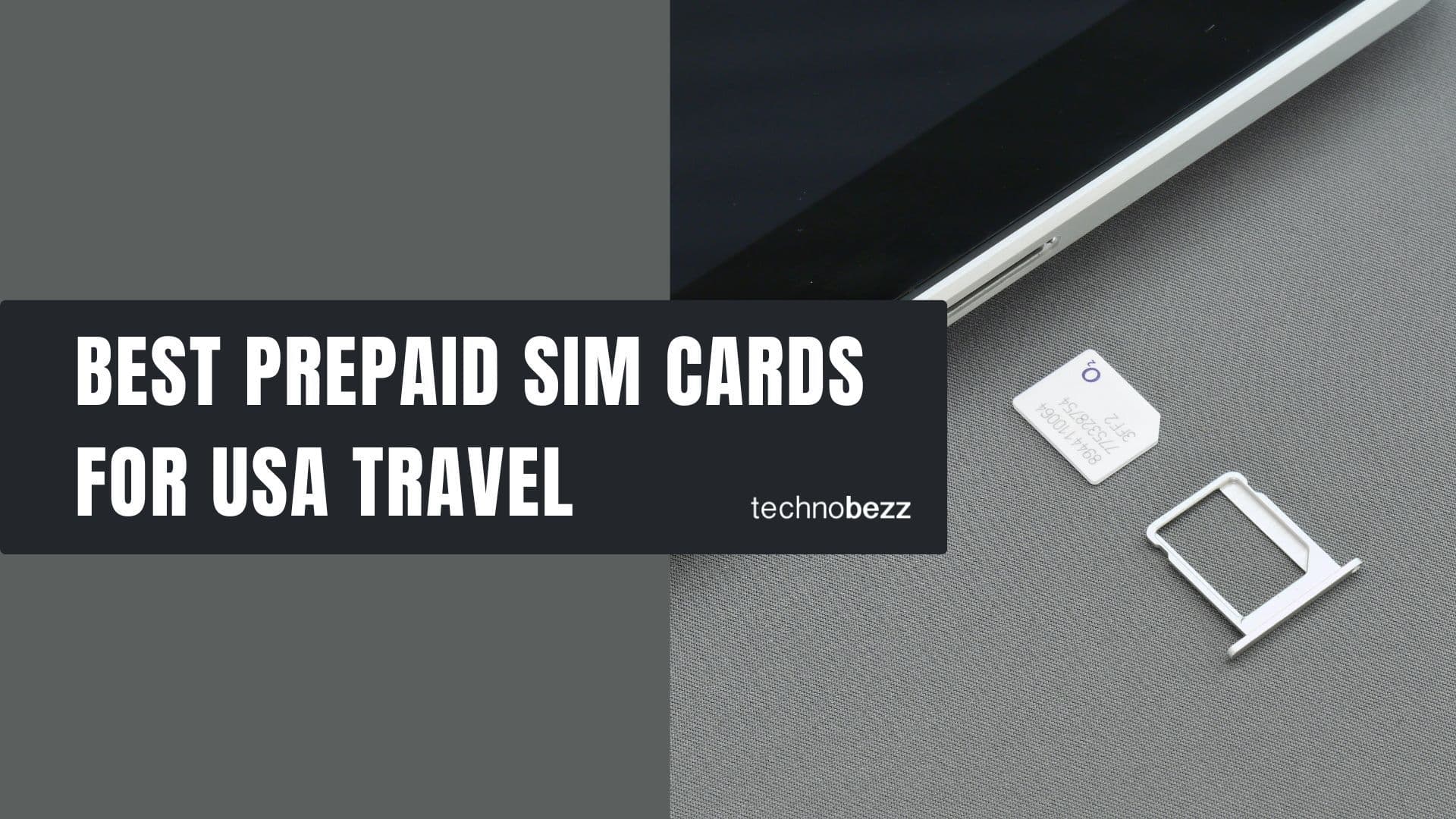Windows 10 belongs to a collection of operating systems created by the computer company Microsoft. Windows 10, in particular, stands out for its ability to accommodate universal applications among several of Microsoft's products. Among these are gadgets like smartphones, Xbox One, tablets, and PCs.
Starting in early 2020, approximately 70 % of the older Windows computers are running Windows 10 operating systems. The new desktop design features a new approach for the start button, which is now represented by an icon.
They also installed Task view, which allows desktop users to view all their active windows and pick which one to work on. Let's look at the different ways to lock the screen on your Windows 10 computer to keep all of these functions safe from third parties.
Locking your screen
This can be done in four ways:
- Press the Windows + L keys on your keyboard.
- Press Control + Alt + Delete and select the "Lock Screen" option
- Click on the Start icon, then the User icon, and select the Lock
The first three are fast and effective. We will now look at a more detailed option that involves going through the Control Panel.
- This one involves pre-setting your machine so that it locks the screen by itself when you are not using it. Navigate to the Control Panel, go to Appearance and Personalization before changing the screen saver, and finally, be sure to click on the option for "On resume, display logon screen."
You can also set the amount of time without activity that should lapse before the screensaver comes on. If your computer is password-protected, you will need the password to get back into your computer.
If your Windows 10 doesn't have this option in the Control panel (and some don't), you can go through Settings alternatively.
To do this, click on Settings, then Personalization, and finally, click on the Lock screen.
- Another way of pre-setting your computer for locking the screen involves creating a shortcut on your desktop.
First, go to the desktop, point your cursor at an empty spot and right-click. Select a new shortcut, and in the location space, type in the following:
C:\Windows\System32\rundll32.exe user32.dll,LockWorkStation, and then finish by clicking 'Next.' Don't worry; this is a one-time action; you won't be required to do it again.
Finally, you'll be prompted to type in a name for this new shortcut, like "Go to Sleep." After that, you'll have to double-click on the icon anytime you want to step away from your computer. If finding this icon on your desktop is too much of a hassle, Windows 10 allows you to pin it to your Taskbar. Just right-click the icon and choose the "Pin to Start" option.
Customizing your Lock screen:
Windows 10 has taken the lock screen feature a notch further by putting in steps that allow you to make the lock screen feature look and feel like you. This means you can customize your lock screen by using pictures, albums, or fun facts from the internet that interest you. Here's how you can go about it:
Once you get to the Lock Screen page after going through Settings, from the Background option, you can choose the Windows Spotlight, Picture, or Slideshow for your screensaver. If you decide on the slideshow, select the folder(s) from which to play the slide show.
Windows Spotlight works by regularly downloading new images using Bing on Internet Explorer and alternating between the pictures every time you sign in to your computer, keeping you entertained.












